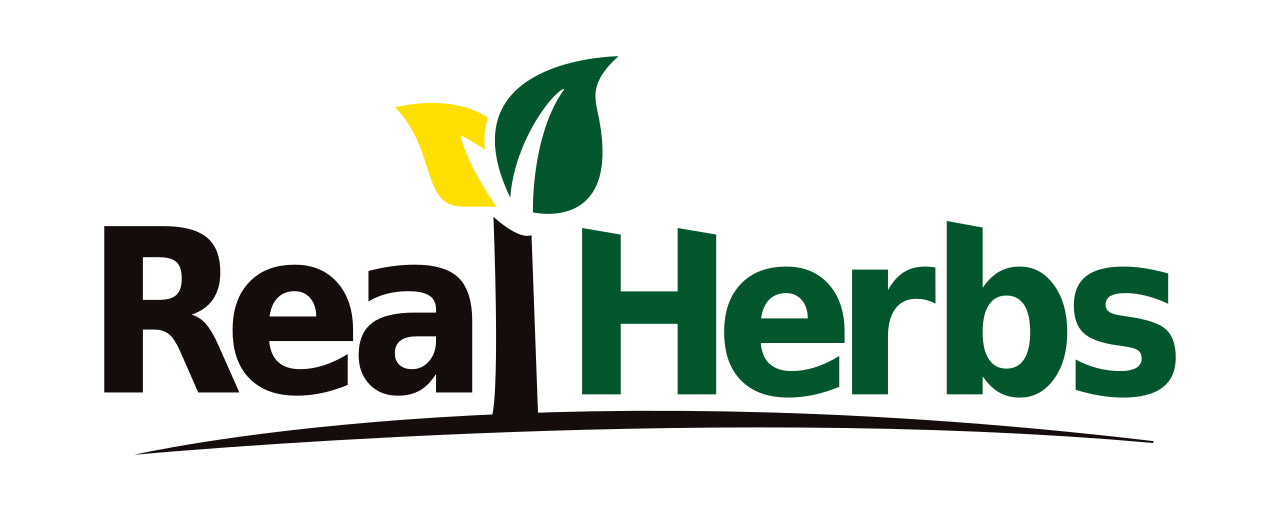Introduction:
In the world of natural remedies, distinguishing between plants with similar names and properties can be difficult. One such ambiguity is the distinction between nettle leaf and stinging nettle. Despite their seemingly similar names, these two terms refer to distinct plants, each with its own distinct qualities and potential health benefits. In this article, we will look at the differences between nettle leaf and stinging nettle, as well as their individual contributions to overall health and well-being.
Plant Identification:
Urtica dioica (Nettle Leaf):
Nettle leaf, scientifically known as Urtica dioica, is a perennial herb that has a long history of use in many cultures. Its nutrient-rich leaves, which are frequently harvested for their therapeutic potential, have been known for generations. Scientific studies on nettle leaf have revealed its multifaceted properties, which include anti-inflammatory, antioxidant, and diuretic properties.
Urtica urens (stinging nettle):
Stinging nettle, scientifically known as Urtica urens, is another member of the "nettle" family that frequently confuses people. Its most distinguishing feature is the presence of stinging hairs that, when touched, can cause skin irritation. Despite its prickly reputation, stinging nettle has a number of health benefits, including anti-inflammatory properties and potential support for urinary health.
Important distinctions:
The Plant's Appearance:
The physical differences between nettle leaf and stinging nettle make differentiation easier. Nettle leaf grows taller and has larger leaves, making it popular for consumption and other uses. Stinging nettle, on the other hand, has smaller leaves and is known for its bristly hairs that cause discomfort when touched.
Usage:
Nettle leaf is commonly used in herbal teas, dietary supplements, and even culinary preparations. Its ability to relieve allergy symptoms, contribute to joint health, and improve overall wellness makes it a popular choice among herbalists. Despite its abrasive nature, stinging nettle is used for its potential health benefits, and is frequently used in topical preparations or as a herbal remedy.
Health Advantages:
Health Benefits of Nettle Leaf:
A rich source of vitamins and minerals, including vitamin A, C, and iron.
Anti-inflammatory properties that may provide relief for conditions such as arthritis and other inflammatory ailments.
Antioxidant properties enable the body to effectively combat oxidative stress.
Has diuretic properties that promote kidney function and aid in the removal of toxins from the body.
Health Benefits of Stinging Nettle:
Shows potential anti-inflammatory effects that could aid in the management of conditions such as osteoarthritis.
When used topically, it has a history of alleviating skin issues and providing potential relief.
Traditionally used to promote urinary health and alleviate the discomfort associated with urinary problems.
Considerations and precautions:
Before incorporating nettle leaf or stinging nettle into one's regimen, it is strongly advised to consult with a qualified healthcare professional, especially if one has pre-existing health conditions or is taking medications.
Individuals who are allergic to stinging nettle should exercise caution when handling or using it because it has the potential to cause skin irritation.
Conclusion:
Despite their similar names, nettle leaf and stinging nettle are distinct entities with distinct properties and potential health benefits. Stinging nettle brings historical uses and potential contributions to health and well-being, while nettle leaf provides a treasure trove of nutrients and potential support for various bodily systems. A thorough understanding of the differences between these two plants enables people to make well-informed decisions about their health journey. Before incorporating new herbal remedies into your routine, always seek professional advice.
